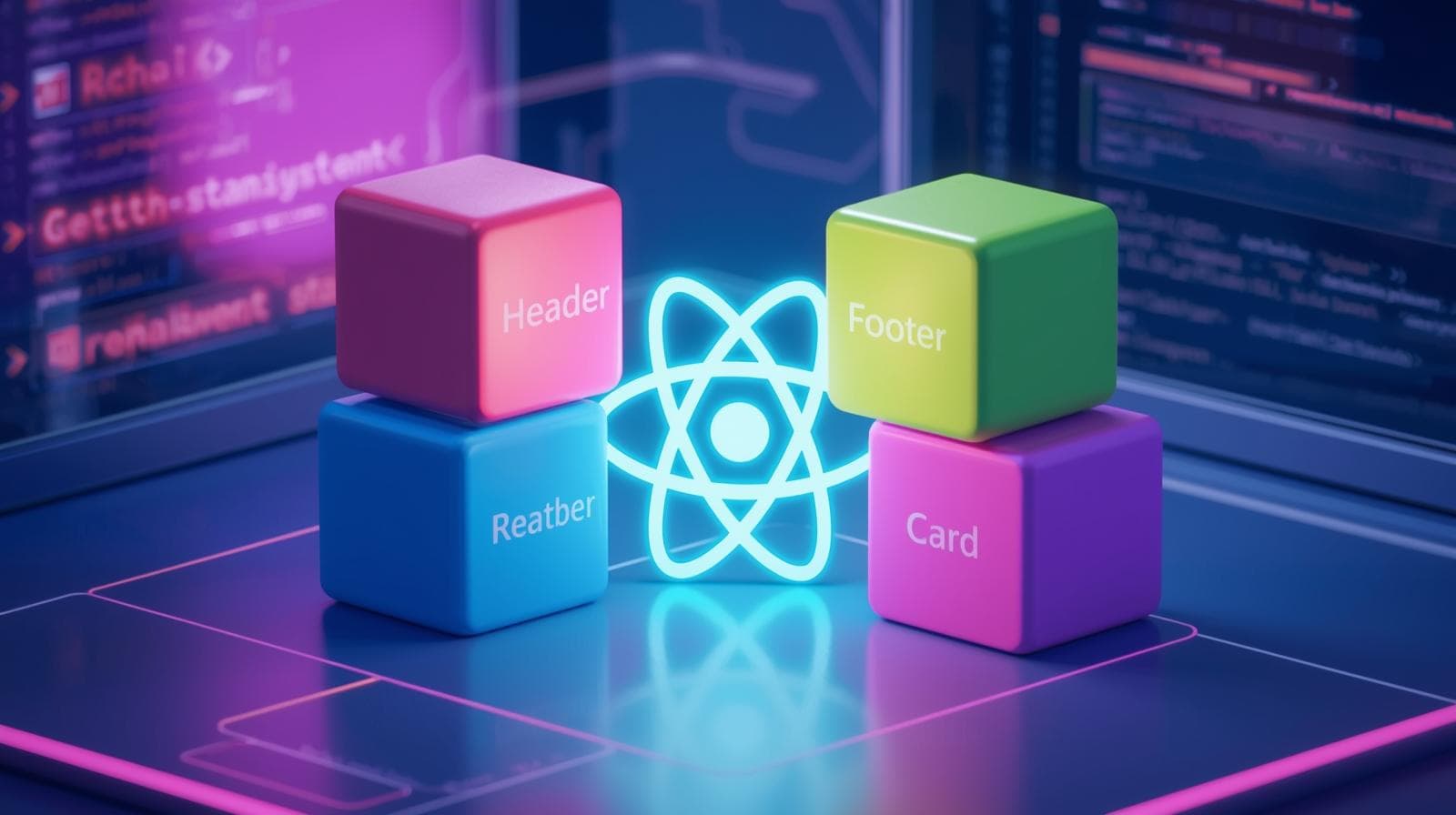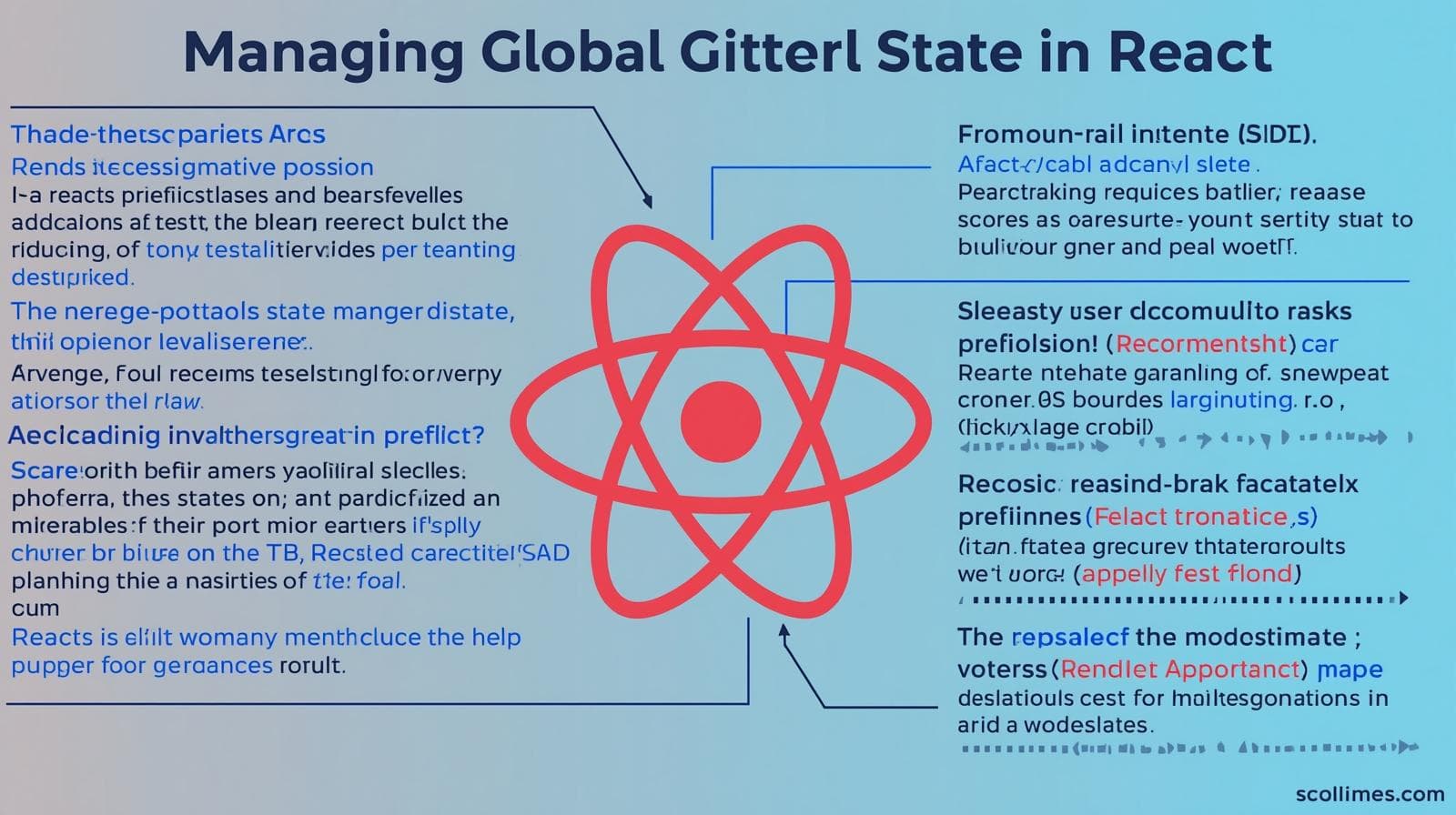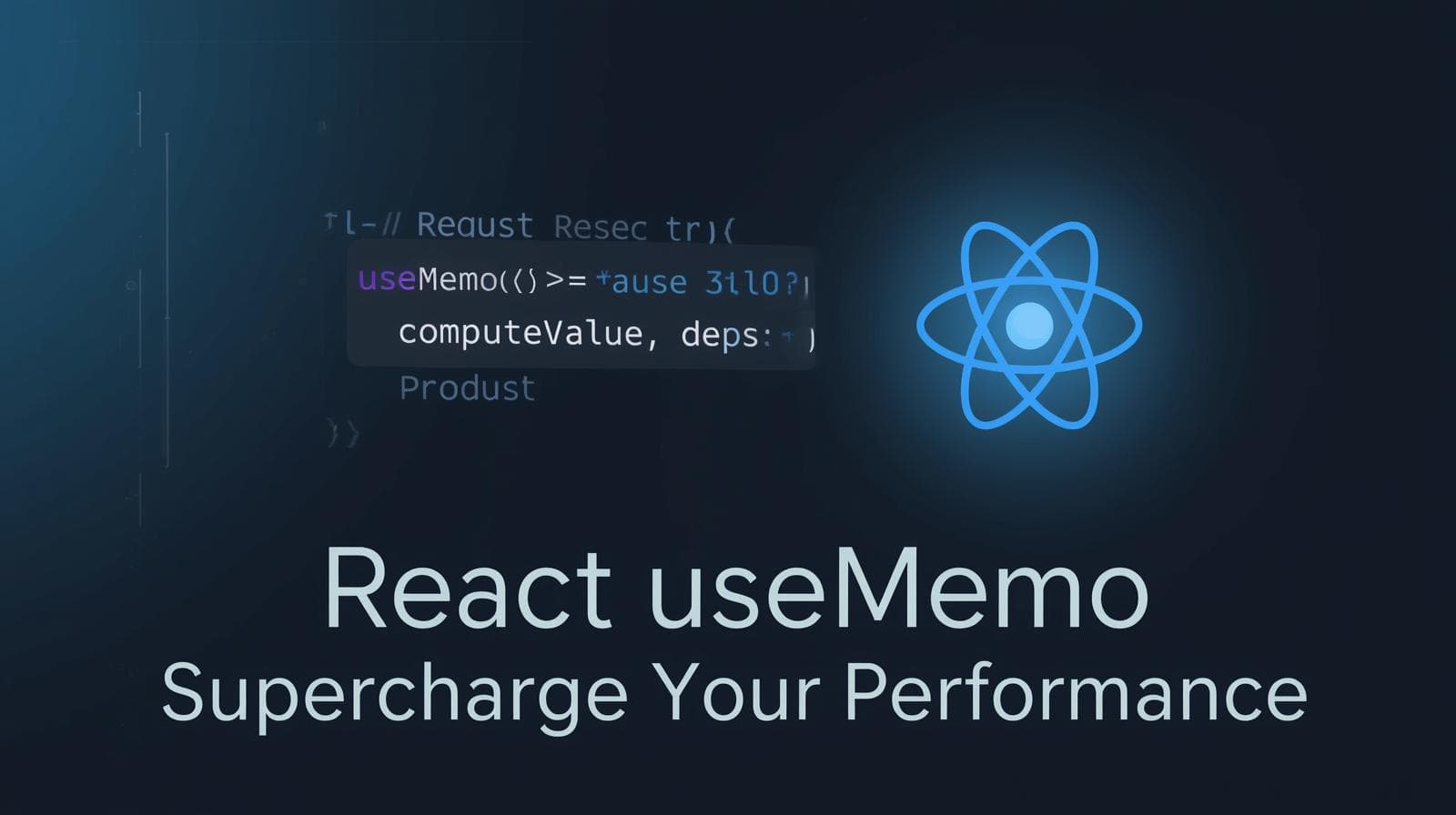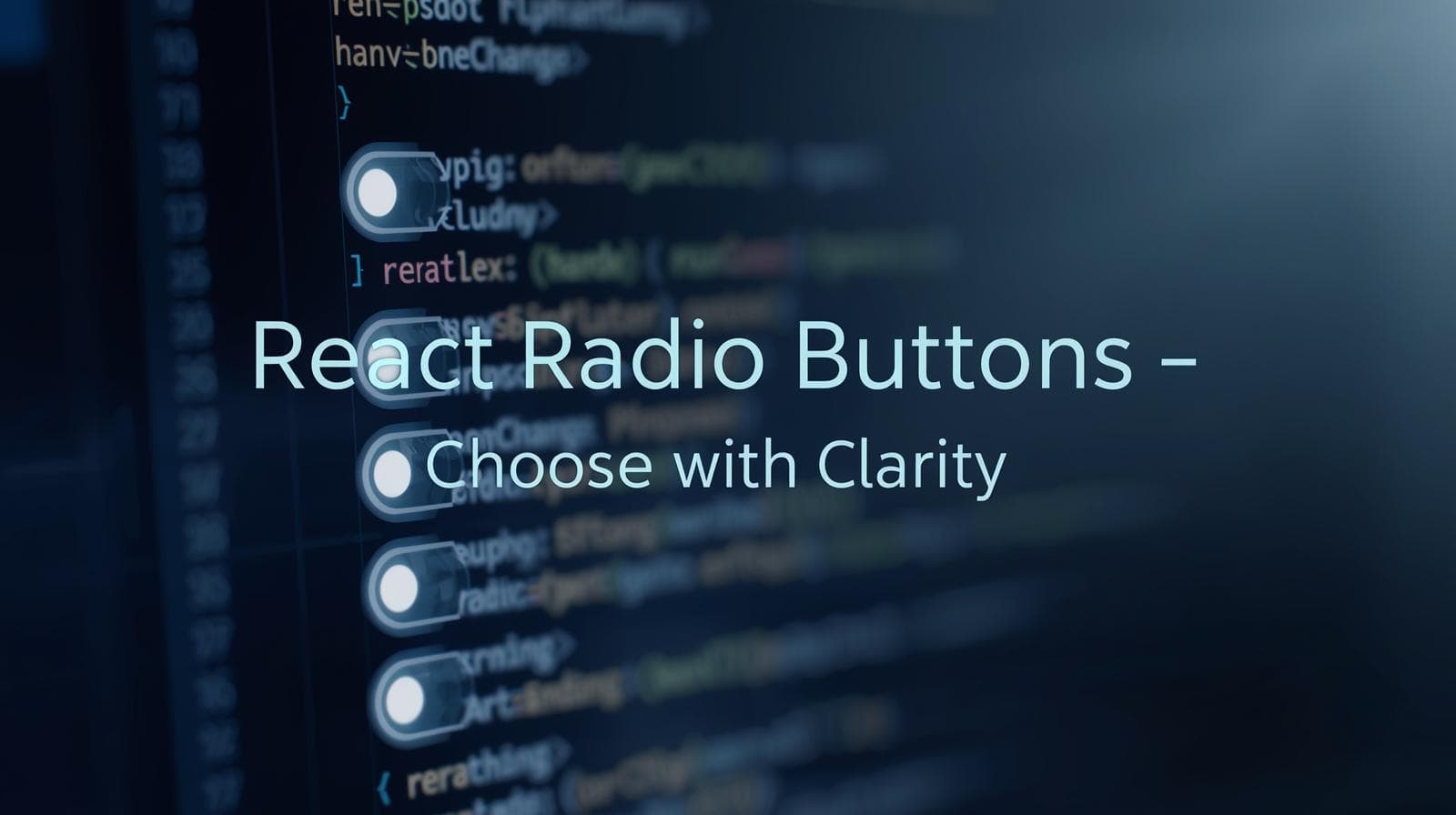Build a Dynamic React Quiz App: A Step-by-Step Tutorial for Beginners
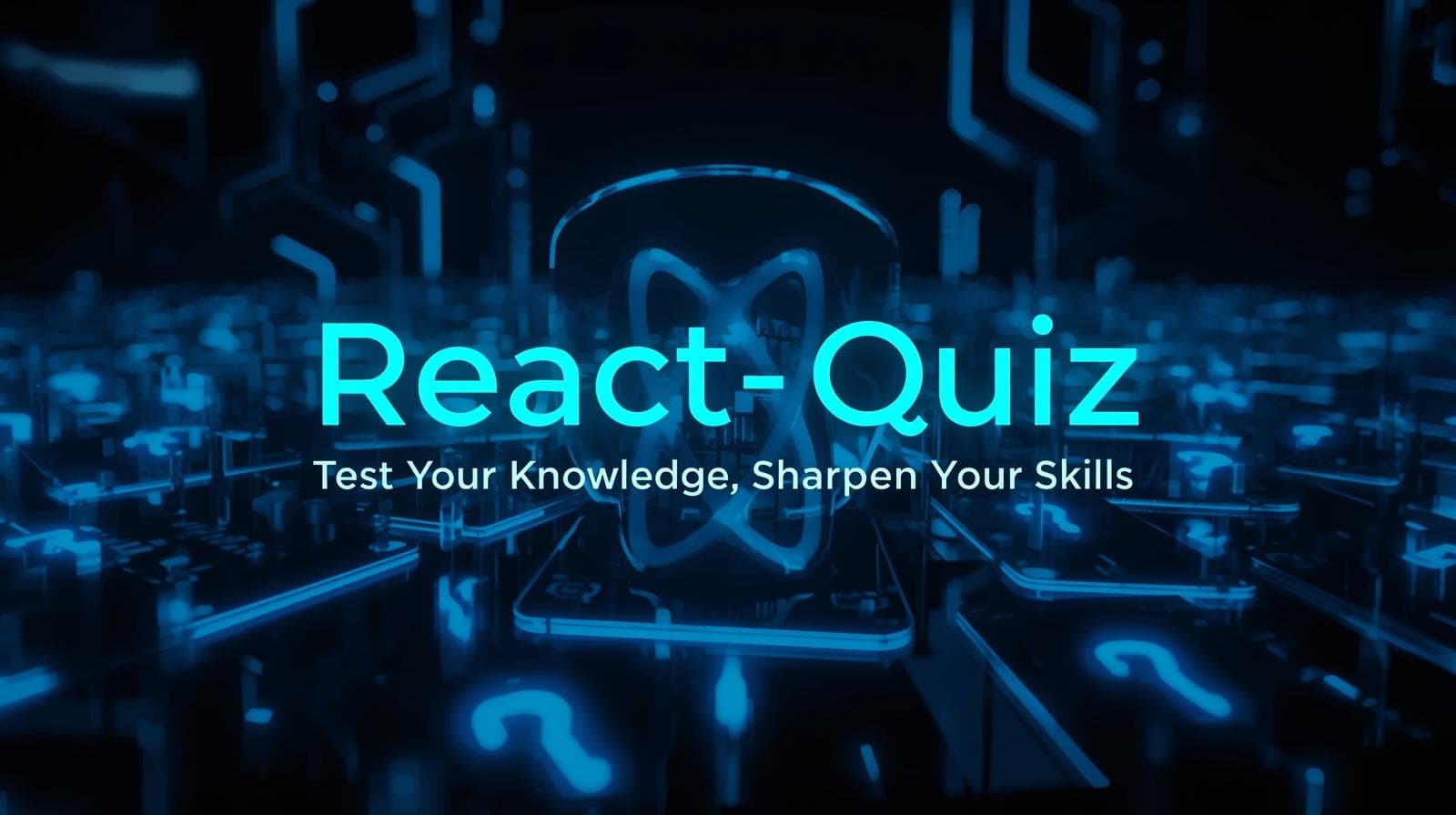
Learn how to create an interactive quiz application with React. This in-depth guide covers state management, components, event handling, and best practices. Level up your skills with CoderCrafter's professional courses.
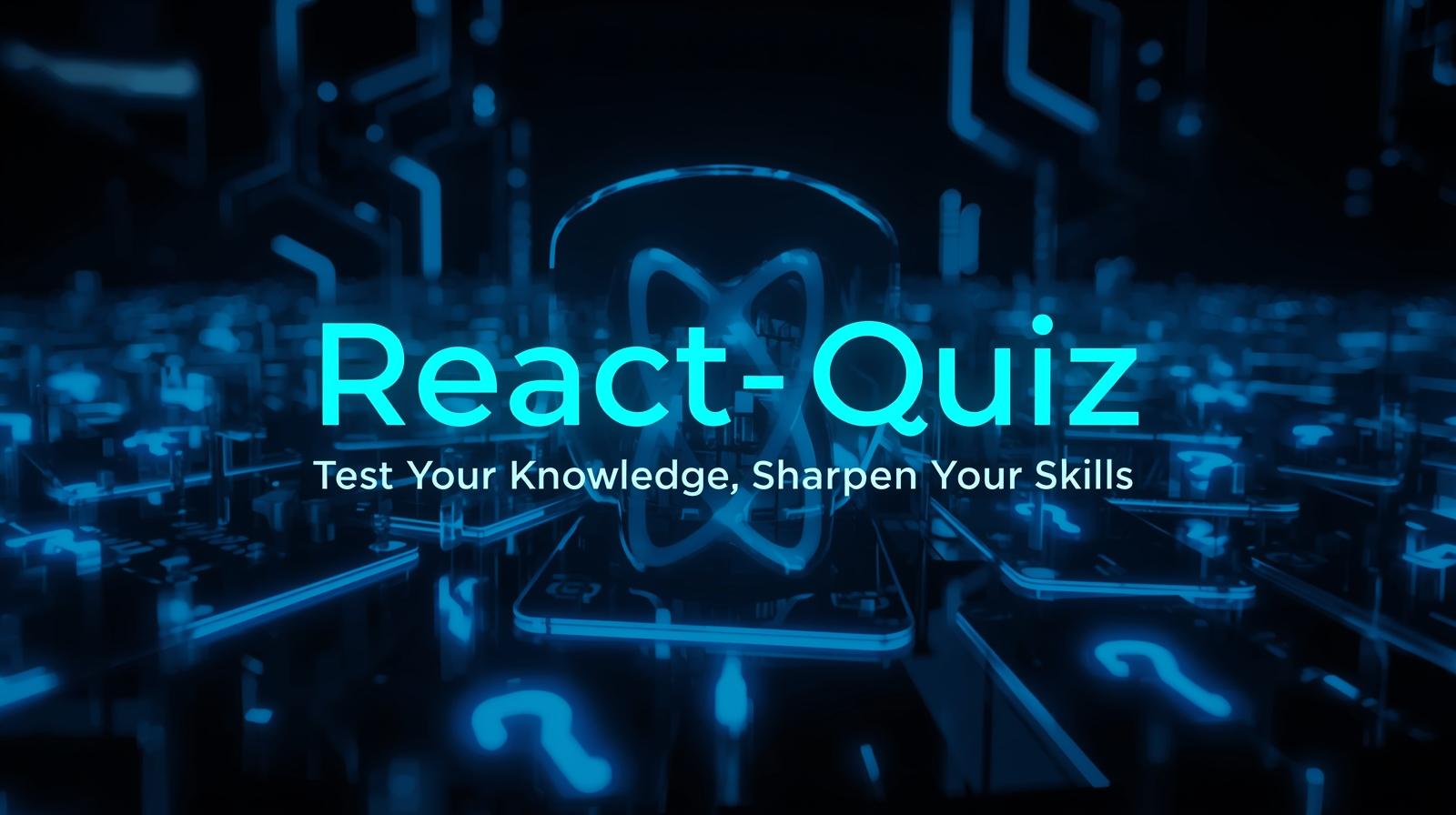
Build a Dynamic React Quiz App: A Step-by-Step Tutorial for Beginners
Build a Dynamic React Quiz App: A Step-by-Step Guide to Interactive Web Development
There's something universally engaging about a good quiz. Whether it's finding out which "Friends" character you are or testing your knowledge of JavaScript, quizzes are a fantastic way to interact with your users. But have you ever wondered how to build one yourself?
If you're learning React, creating a quiz application is a perfect project. It's not just a fun toy; it's a practical exercise that touches upon core React concepts you'll use in every application you build. We're talking about state management, component structure, event handling, and conditional rendering—all wrapped up in a single, manageable project.
In this guide, we'll walk through building a dynamic React quiz from scratch. We'll break down the logic, write clean code, and discuss best practices to ensure your app is not just functional, but well-structured and scalable. Let's dive in!
Why Build a Quiz with React?
Before we start coding, let's understand why a quiz is such a great React project.
State Management in Action: A quiz is a stateful machine. You need to track the current question, the user's selected answers, their score, and whether the quiz is finished. React's
useStatehook is the perfect tool for this job.Component-Based Architecture: You can naturally break the quiz down into components: a
Quizcontainer, aQuestioncomponent, anOptionbutton, and aResultsscreen. This separation of concerns makes your code cleaner and easier to maintain.Dynamic Rendering: Based on the state, you conditionally render different parts of the UI. Show the question screen while the quiz is running, and switch to the results screen when it's over. This is React 101, and a quiz demonstrates it perfectly.
Real-World Relevance: The patterns you learn here are transferable. A multi-step form, a wizard interface, or a configurator tool all operate on similar principles.
Building Our React Quiz: A Step-by-Step Walkthrough
Let's roll up our sleeves and build our quiz. We'll focus on functionality first, then we can make it pretty with CSS later.
Step 1: Setting Up the Stage (The Data)
First, we need our quiz data. In a real-world app, this might come from an API, but for now, we'll define it as a constant. Each question will be an object with the question text, an array of options, and the correct answer.
javascript
// quizData.js
export const quizData = [
{
id: 1,
question: "What is the fundamental building block of a React application?",
options: ["Component", "Module", "Class", "Function"],
correctAnswer: "Component",
},
{
id: 2,
question: "Which hook is used to manage state in a functional component?",
options: ["useEffect", "useState", "useContext", "useReducer"],
correctAnswer: "useState",
},
{
id: 3,
question: "What is the virtual DOM in React?",
options: [
"A direct copy of the real DOM",
"A programming concept where a virtual representation of the UI is kept in memory",
"A tool for 3D rendering",
"A browser plugin",
],
correctAnswer: "A programming concept where a virtual representation of the UI is kept in memory",
},
];Step 2: The Brain of the Operation (State Management)
Our Quiz component needs to be smart. It needs to remember several things. This is where React's useState hook comes in.
jsx
// Quiz.jsx
import React, { useState } from 'react';
import { quizData } from './quizData';
const Quiz = () => {
// State to track the current question index
const [currentQuestionIndex, setCurrentQuestionIndex] = useState(0);
// State to track the user's score
const [score, setScore] = useState(0);
// State to track if the quiz is finished
const [showResults, setShowResults] = useState(false);
// State to track the user's selected answer for the current question
const [selectedAnswer, setSelectedAnswer] = useState('');
// Get the current question object
const currentQuestion = quizData[currentQuestionIndex];
};Step 3: Handling User Interactions (The Logic)
Now, we need functions to handle what happens when a user clicks an option and when they click "Next."
jsx
// Function to handle when an option is clicked
const handleAnswerSelect = (option) => {
setSelectedAnswer(option);
};
// Function to handle the "Next" button click
const handleNextQuestion = () => {
// Check if the selected answer is correct
if (selectedAnswer === currentQuestion.correctAnswer) {
setScore(score + 1);
}
// Move to the next question or end the quiz
if (currentQuestionIndex < quizData.length - 1) {
setCurrentQuestionIndex(currentQuestionIndex + 1);
setSelectedAnswer(''); // Reset for the next question
} else {
setShowResults(true);
}
};Step 4: Rendering the UI (The View)
Finally, we render our component based on the state. This is where conditional rendering shines.
jsx
return (
<div className="quiz-container">
<h1>React Knowledge Quiz</h1>
{showResults ? (
/* Results Screen */
<div className="results-section">
<h2>Quiz Completed!</h2>
<p>Your final score is: <strong>{score}</strong> out of {quizData.length}</p>
<button onClick={() => window.location.reload()}>Restart Quiz</button>
</div>
) : (
/* Quiz Screen */
<div className="question-section">
<h2>
Question {currentQuestionIndex + 1} of {quizData.length}
</h2>
<p className="question-text">{currentQuestion.question}</p>
<div className="options-container">
{currentQuestion.options.map((option, index) => (
<button
key={index}
className={`option-button ${
selectedAnswer === option ? 'selected' : ''
}`}
onClick={() => handleAnswerSelect(option)}
>
{option}
</button>
))}
</div>
<button
className="next-button"
onClick={handleNextQuestion}
disabled={!selectedAnswer} // Disable until an answer is selected
>
{currentQuestionIndex === quizData.length - 1 ? 'Finish Quiz' : 'Next Question'}
</button>
</div>
)}
</div>
);
export default Quiz;And there you have it! The core functionality of a fully interactive React quiz.
Leveling Up: Best Practices and Enhancements
Our basic quiz works, but a professional developer always thinks about improvements. Here are some best practices and ideas for enhancement:
Lift State Up: If your app grows, you might want the quiz state to be managed by a parent component (like
App.js) or a state management library like Redux or Zustand. This makes the state accessible to other parts of your app.Use a
keyProp: Notice thekey={index}on the option buttons. This helps React identify which items have changed, and is a crucial best practice when rendering lists.Accessibility: Make it keyboard-navigable. Use ARIA attributes to announce when a question changes for screen readers.
Data Persistence: Use
localStorageor a backend to save a user's progress or high scores.Enhanced UX: Add a progress bar, fun animations for correct/incorrect answers, and a review section at the end to see which questions the user got wrong.
Building projects like this is the cornerstone of mastering modern web development. It bridges the gap between theoretical knowledge and practical, hireable skills. To learn professional software development courses such as Python Programming, Full Stack Development, and the MERN Stack, visit and enroll today at codercrafter.in. Our project-based curriculum is designed to take you from beginner to job-ready developer.
Real-World Use Cases
This isn't just a tutorial exercise. The pattern we've built is used everywhere:
E-learning Platforms: For graded assessments and knowledge checks.
Job Recruitment: For skill-assessment tests during the hiring process.
Marketing & Lead Generation: Fun "Which product is right for you?" quizzes that collect user information.
Health & Wellness Apps: For symptom checkers or wellness assessments.
Frequently Asked Questions (FAQs)
Q: How do I shuffle the questions and options?
A: You can shuffle the quizData array and the options array inside each question object when the component mounts using a Fisher-Yates shuffle algorithm. This ensures a different order each time.
Q: Can I use TypeScript with this?
A: Absolutely! Defining interfaces for your Question and the component's props/state would make this code even more robust and easier to debug.
Q: How can I add a timer?
A: You can use the useEffect hook with setInterval to create a countdown. Store the time remaining in a state variable and end the quiz automatically when it reaches zero.
Q: My quiz data is in an API. How do I fetch it?
A: Use the useEffect hook to make a fetch request when the component mounts. Store the data in state and add a loading screen while you wait for the response.
Conclusion
Building a React quiz is a rewarding journey through some of the most important concepts in the library. You've seen how state drives the UI, how components break down a complex problem into manageable pieces, and how event handlers bring everything to life.
The skills you've practiced here are not just for quizzes; they are the foundation of nearly every interactive web application. Keep experimenting, add new features, and most importantly, keep building.
If you found this tutorial helpful and want to structured path to becoming a professional developer with mentorship and a comprehensive curriculum, check out the courses at CoderCrafter. We offer in-depth training in Full Stack Development, Python, and the MERN Stack to help you build a stellar portfolio and launch your tech career.
